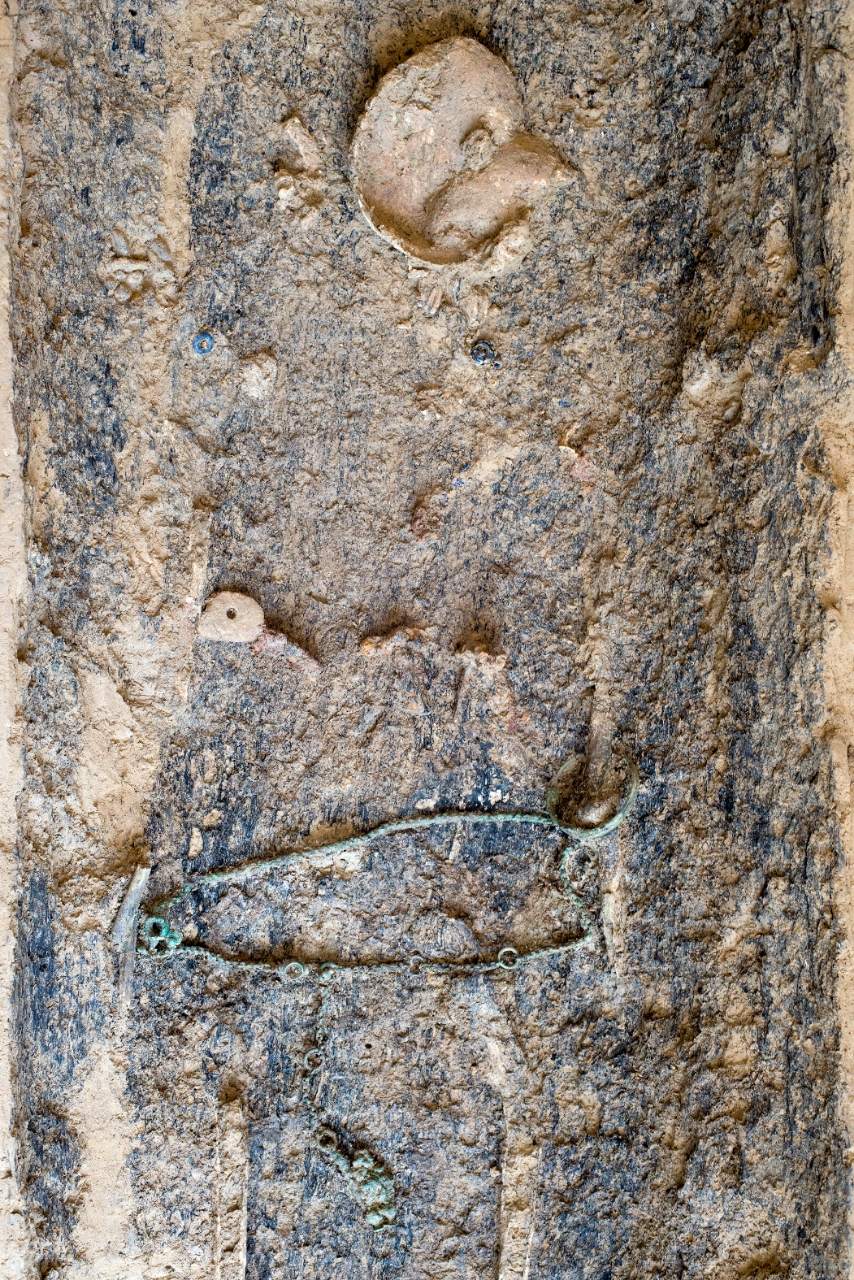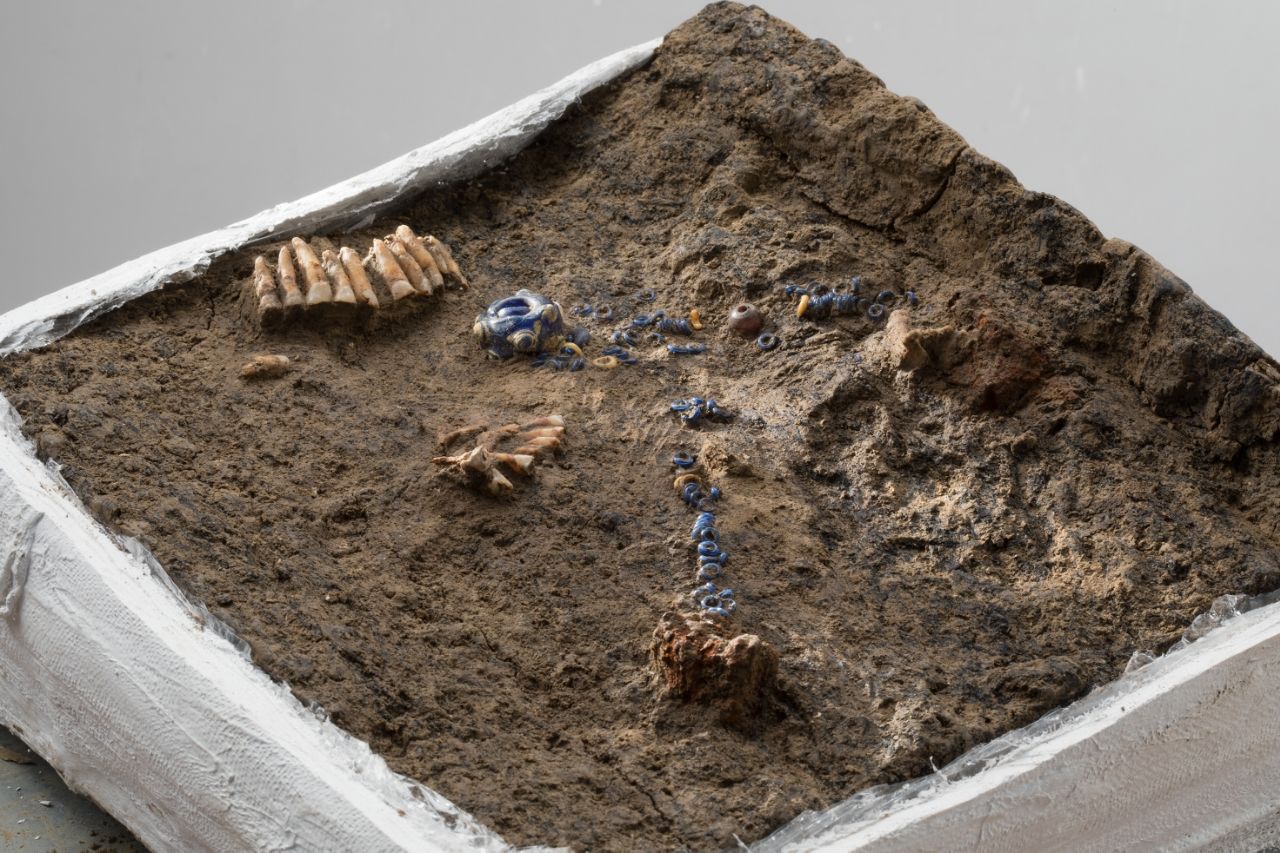A group of Iron Age Celts buried a lady around 2,200 years ago in what is now Zürich, Switzerland. The deceased, who was dressed in exquisite sheepskin wool, a shawl, and a sheepskin coat, was most likely of considerable stature.

According to the City Office for Urban Development, the woman, who was around 40-year-old when she died, wore a necklace consisting of blue and yellow glass and amber, bronze bracelets, and a bronze chain studded with pendants.
Archaeologists believe she did minimal physical labor throughout her lifetime and ate a rich diet of starchy and sugary foods based on the study of her remains.
Interestingly, according to Laura Geggel of Live Science, the woman was also buried in a hollowed-out tree stump that still had bark on its outside when the improvised coffin was discovered in March 2022.
According to a statement released shortly after the discovery, employees discovered the gravestone while working on a building project at the Kern school complex in Zürich’s Aussersihl neighborhood. Although the site is regarded as archaeologically significant, the majority of prior findings date back to the sixth century AD.

According to Geggel, the single exception was the tomb of a Celtic man discovered on campus in 1903. The male, like the lady, buried approximately 260 feet distant, displayed marks of high social standing, carrying a sword, shield, and lance and dressed in full warrior garb.
Given the fact that the pair were both buried around 200 BC, the Office for Urban Development suggests it is “quite possible” they knew each other. According to the 2022 statement, researchers launched a comprehensive assessment of the grave and its occupant soon after the discovery.

For the past two years, archaeologists have documented, salvaged, conserved, and evaluated the various goods found in the tomb, as well as conducted a physical examination of the woman’s remains and performed isotope analysis of her bones.
The now-completed assessment “draws a fairly accurate picture of the deceased” and her community, per the statement. Isotope analysis reveals that the woman grew up in what is now Zürich’s Limmat Valley, meaning she was buried in the same region she likely spent most of her life.
While archaeologists had previously identified evidence of a nearby Celtic settlement dating from the first century BC, the researchers believe the man and woman belonged to a different smaller settlement that has yet to be discovered.

The Celts are frequently connected with the British Isles. In reality, Celtic tribes covered much of Europe, settling in Austria, Switzerland, and other countries north of the Roman Empire’s limits, according to Adam H. Graham for Afar magazine.
From 450 BC to 58 BC—exactly the time period in which the tree coffin lady and her prospective male partner lived—La Tène, a “wine-guzzling, gold-designing, poly/bisexual, naked-warrior-battling civilization,” thrived in Switzerland’s Lake de Neuchâtel area.
Sadly for these hedonistic Celts, Julius Caesar’s invasion abruptly stopped the festivities, opening the route for Rome’s ultimate enslavement of most of Europe.




